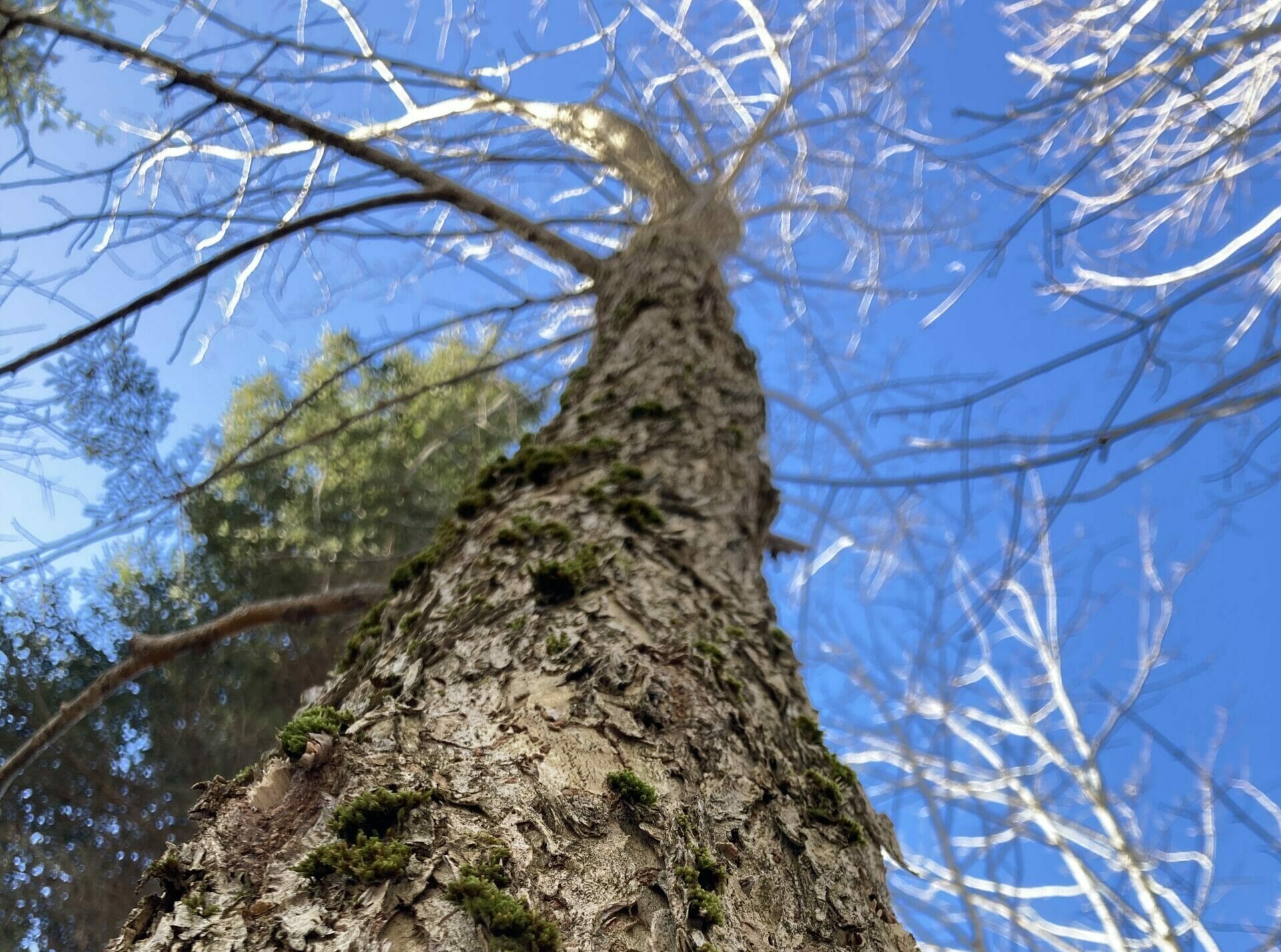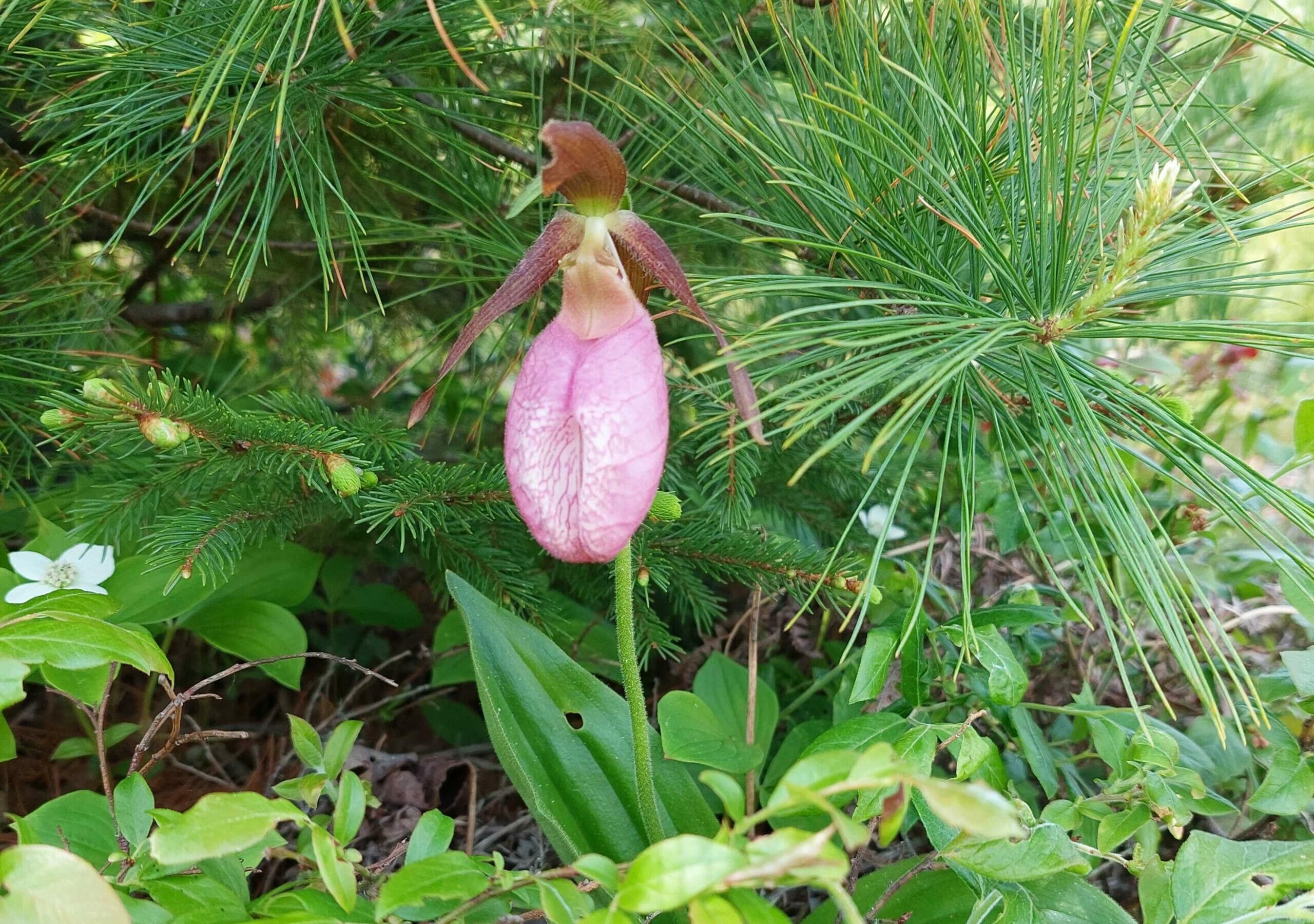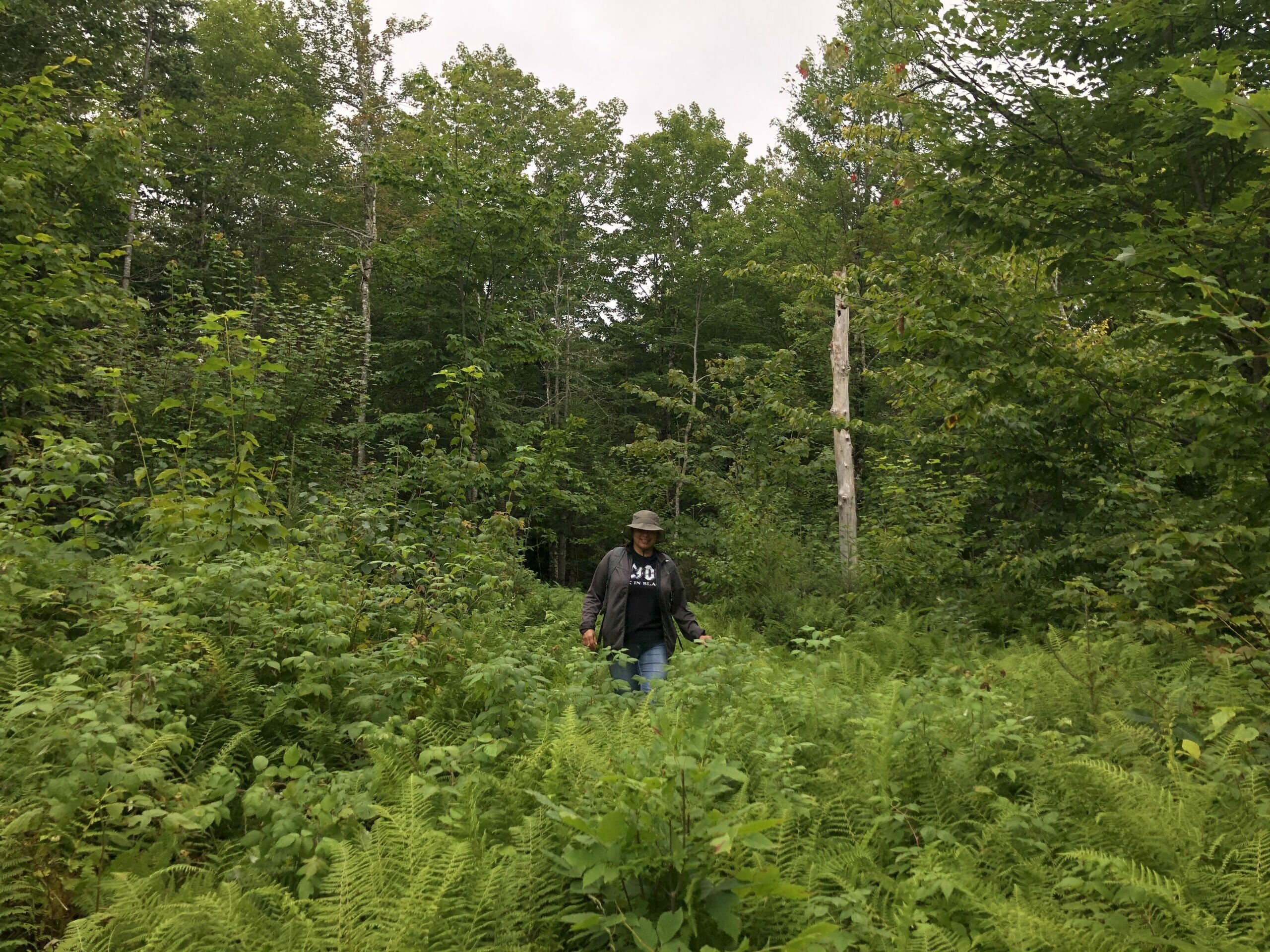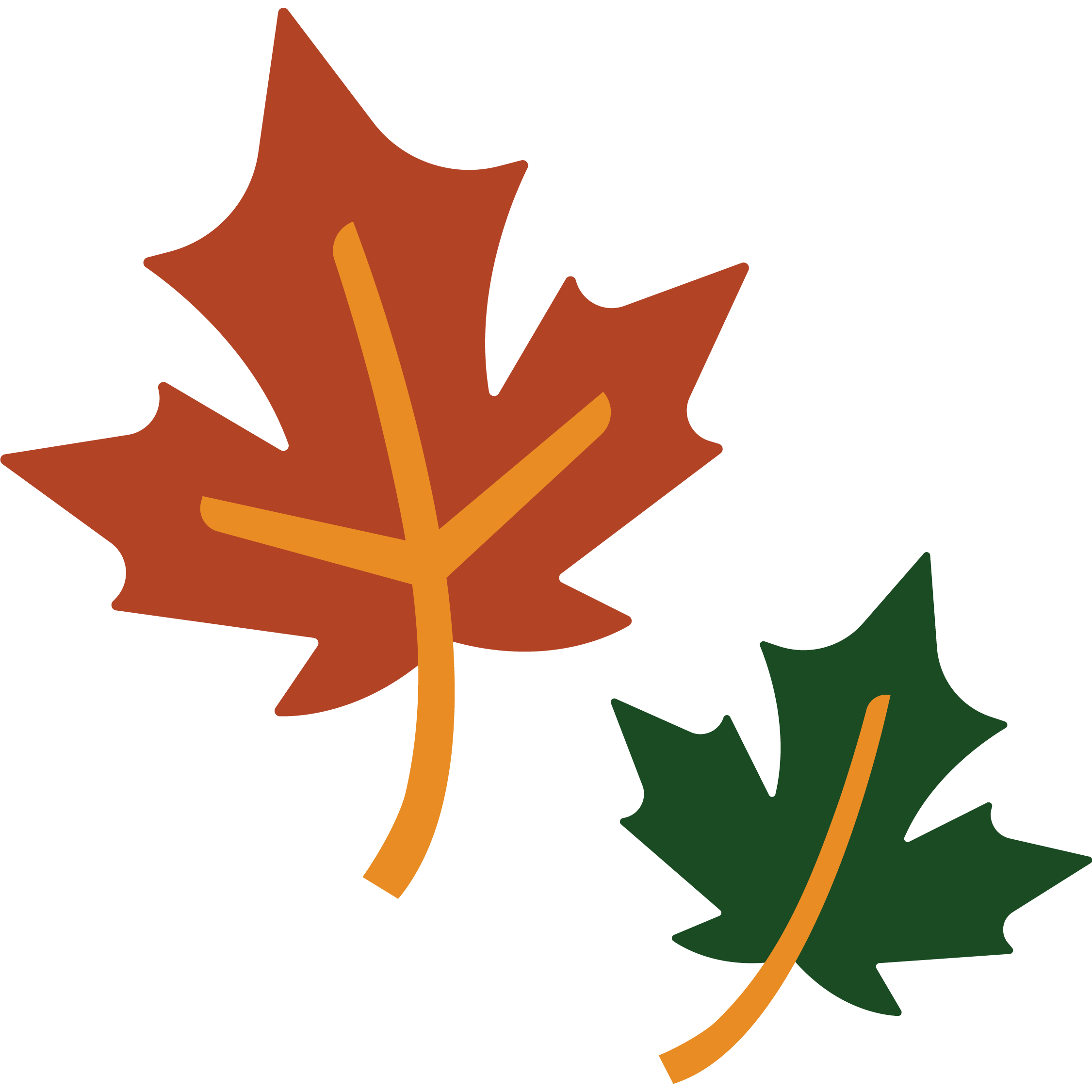More Found Forests
By Rebecca Jacobs, Posted on March 1, 2023
You asked, we answered! You wanted to learn more about the Forgotten Forests in our care, so today we’re featuring a few more of these special places.
In case you missed it: in the summer of 2022, Community Forests launched the Forgotten Forest campaign to secure 2,500 acres of forest for restoration and long-term protection. To date, our supporters have helped us protect 12 different forests spanning just over 2,519 acres – and we’ve got ambitious plans to secure even more land by the end of 2023.
Get to know a few more of the Forgotten Forests
Unamáki
Also known as Cape Breton Island, Unamáki is home to a number of old hardwood forests. These forests in turn are home to a diversity of life, including many rare or endangered species.
Middle River
This 200-acre forest is found just steps from the Middle River wilderness area and is made up of a mixture of wetlands, karst topography, and tolerant mixedwood forest. Karst topography is rare in Nova Scotia and is characterized by unique forest types that develop when calcium rich rock dissolves, forming sinkholes that pockmark the landscape.
Many of these forests have no formal protection on privately held land and have been preserved only by their relative inaccessibility and risk. Examples are notably found near Oxford, Cumberland County where some of the only natural populations of eastern white cedar are found in Mi’kma’ki.

In 2022, over 72,000 native trees were planted to restore degraded areas so that future generations can enjoy old forest trees.
New Boston
This 288-acre forest is an even split of old Maritime Boreal Forest dominated by black spruce wetlands and 140 acres of restoration lands. The black spruce found in these wetlands are typically much smaller than black spruce grown on high, drier grounds — but can still live for up to 200 years!
On the 140 acres of restoration lands, nearly 117,000 diverse native trees were planted in the fall of 2022 and will continue to be replanted by the Community Forests team in late 2023.

Found in the New Boston forest, this pink lady’s slipper (Cypripedium acaule) is a species of flowering plant in the orchid family.
Big Brook
Big Brook is a 192-acre forest containing a stunning tolerant mixed wood ravine with large hemlock, white pine, and old tolerant hardwoods. The property ascends a hardwood plateau and is nestled between two spectacular gorges which host old mixed tolerant hardwood, hemlock and white pine and nearby to a famous waterfall hike! Within this forest, 130 acres had previously been harvested by previous caretakers and will be replanted with a diversity of Wabanaki forest species in 2023.
Wolastoqey
Pearsonville
Made up of two separate properties, the first was secured at the end of July 2022. This small 84 acres is composed of exceptional old forest and is found just on the outskirts of Sussex, New Brunswick, in traditional Wolastoqey Nation territory. This forest is close to Community Forests’ most notable conservation forests in nearby Cambridge-Narrows, Penobsquis, and Waterford just south of the Washademoak (Canaan) River. At the start of 2023, Community Forests was excited to extend this protected property by an additional 260 acres, for a total combined area of 344 acres!

Monica Sarkies walks amongst the trees in the newly extended Pearsonville protected forest, located in the unceded territories of the Wolastoqey Nations.
Robinson II
Just over a year ago, Community Forests was excited to announce the expansion of one of our first conservation forests: the Robinson Forest. This naturally diverse Wabanaki forest is found in the Wolastoq watershed in central New Brunswick. The newer extension to this protected property adds an additional 140 acres of mid-successional forest, bringing the total protected area to almost 500 acres.
The Robinson Conservation Forest is the setting of the first Common Ground short film. To visit these stunning forests and learn more about climate-focused conservation, you can watch Standing Trees online here:
————
If you’d like to help bring back even more of the Forgotten Forests, consider becoming a monthly donor or making a one-time gift. Your support today will mean we can secure additional forests for the future.

